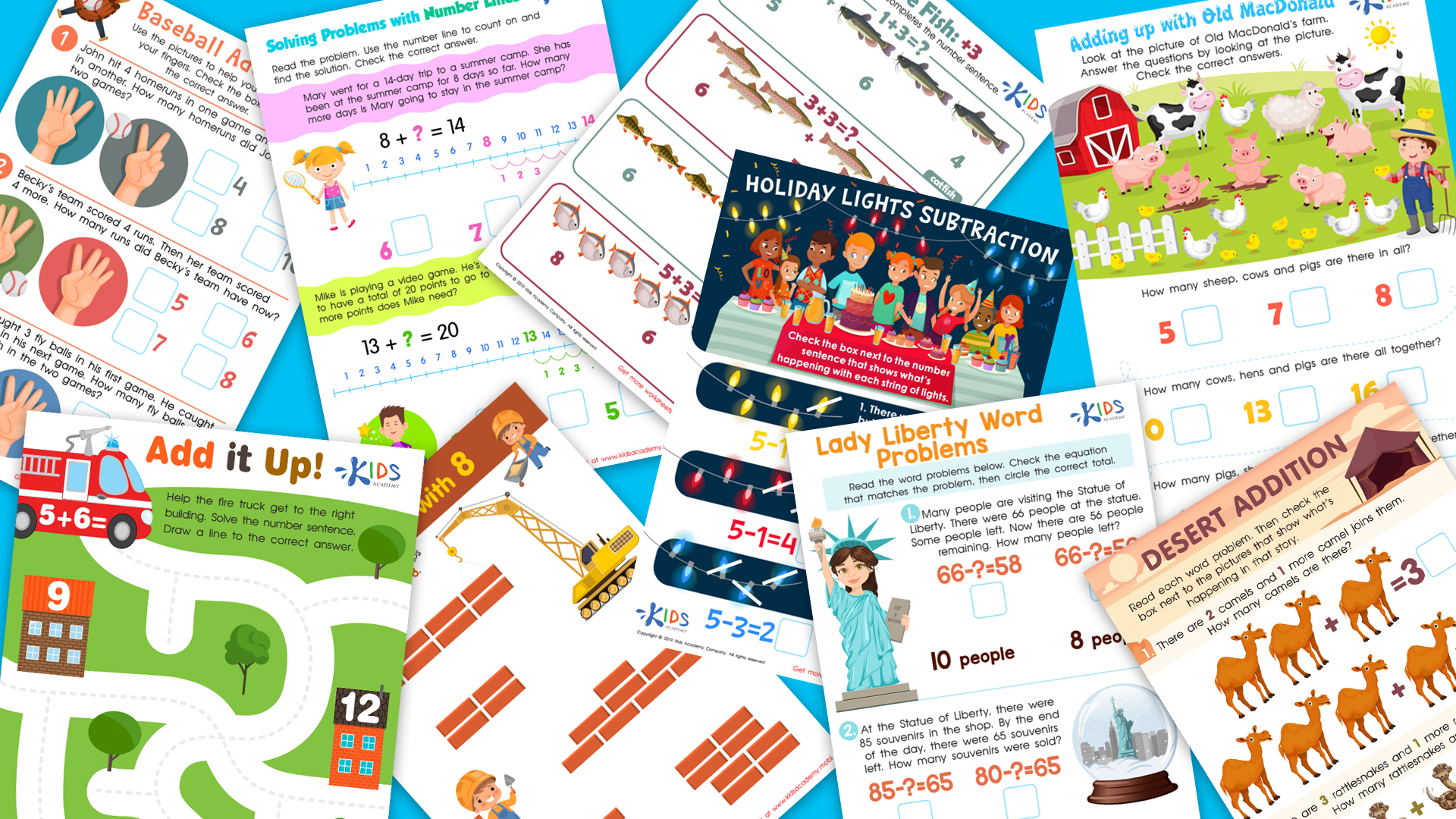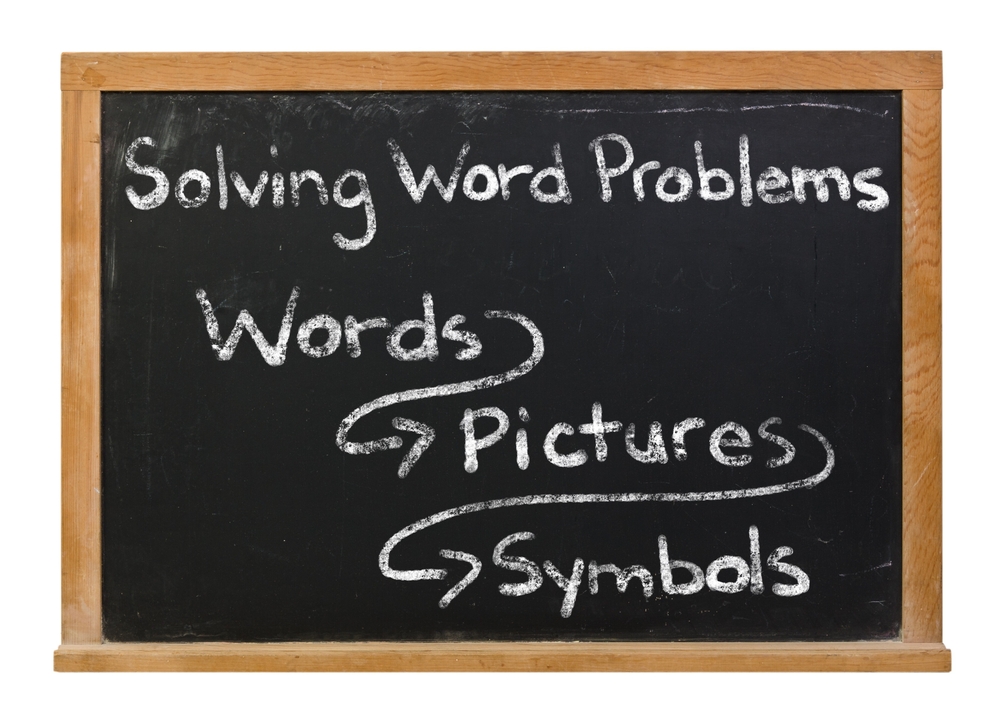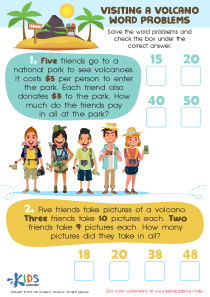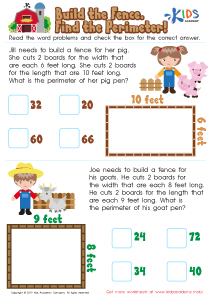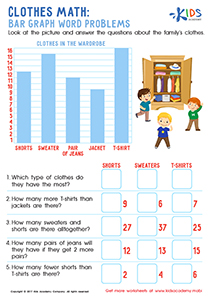Critical Thinking Normal Addition and Subtraction Word Problems Worksheets for Ages 3-7
3 filtered results
-
From - To
Explore our engaging "Critical Thinking Normal Addition and Subtraction Word Problems Worksheets" designed specifically for children ages 3-7. These interactive worksheets aim to enhance young learners' mathematical skills through fun, real-life scenarios that promote critical thinking. Perfect for home or classroom use, our worksheets encourage kids to solve addition and subtraction problems while fostering their analytical abilities. Each problem is carefully crafted to challenge students, making math enjoyable and relevant. Help your child build confidence in their math skills and develop essential problem-solving strategies with our high-quality resources. Start building a strong mathematical foundation today!
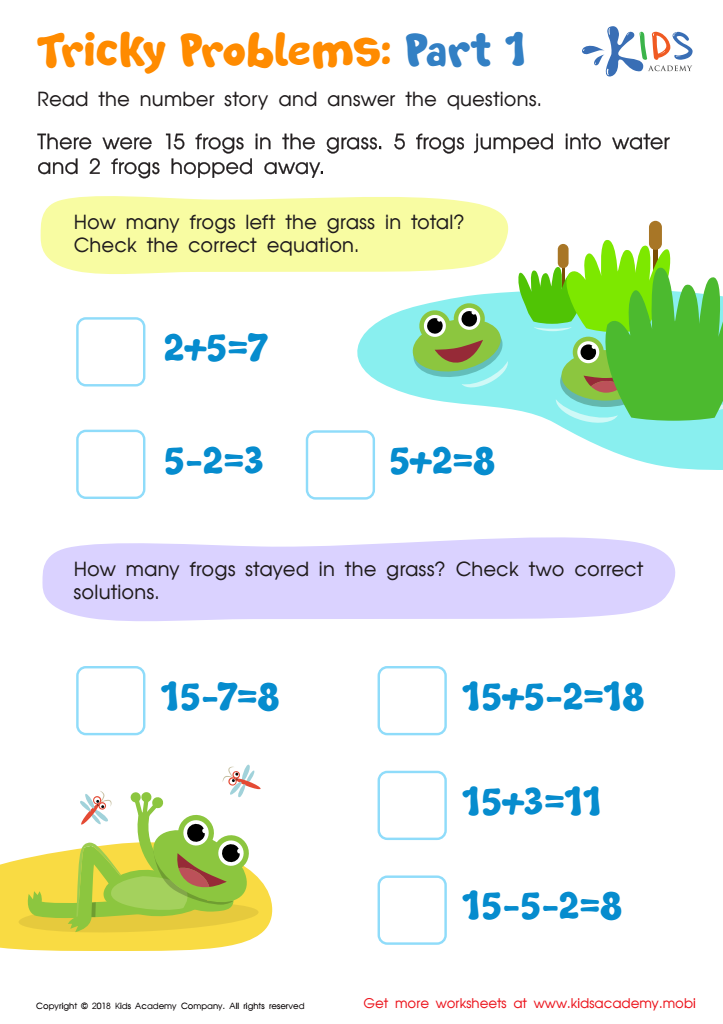

Tricky Problems Worksheet: Part 1
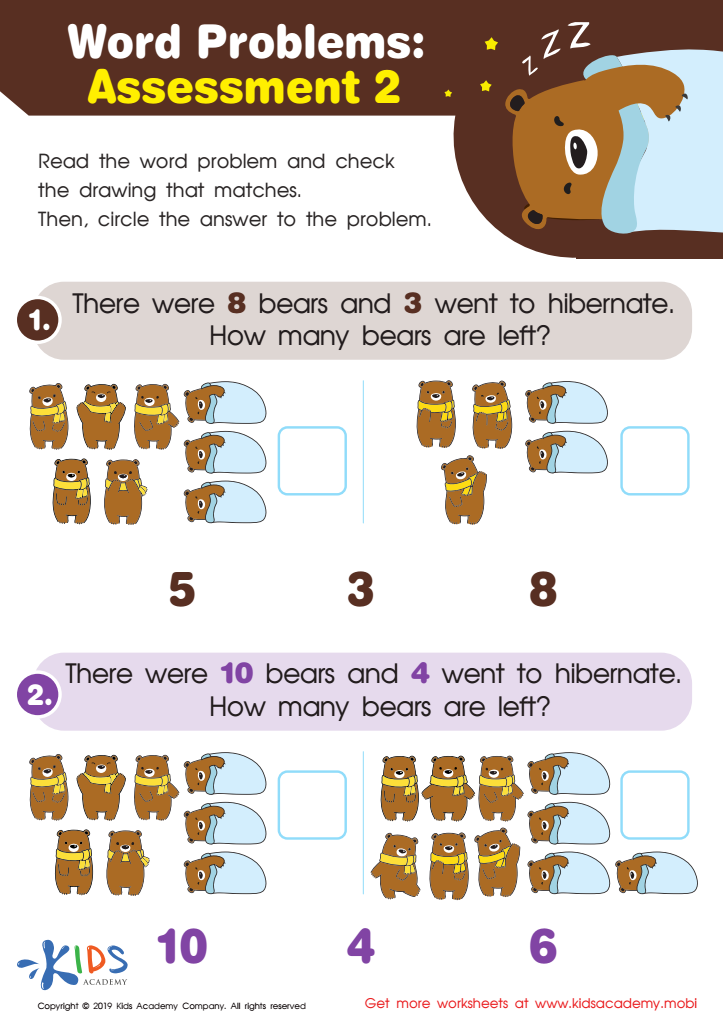

Word Problems: Assessment 2 Worksheet


Party Problems Worksheet
Critical thinking and problem-solving skills are essential for young children's cognitive development, especially when it comes to learning basic math concepts like addition and subtraction. For ages 3-7, using normal addition and subtraction word problems can significantly enhance their understanding of mathematical operations. Parents and teachers should care about this because these skills form the foundation for more complex reasoning in later years.
Word problems help children to contextualize math, making it relevant to their everyday experiences. By engaging with these problems, children learn to analyze situations, identify key information, and develop strategies for problem-solving. This process not only enhances their mathematical abilities but also nurtures critical thinking, encouraging them to ask questions and seek solutions.
Furthermore, teaching critical thinking through math aligns with educational goals focused on developing well-rounded learners. As children practice these skills, they become more adept at articulating their thought processes, which fosters communication skills and confidence.
Ultimately, providing early exposure to critical thinking through addition and subtraction word problems equips children with valuable tools for academic success and life skills. By prioritizing this approach, parents and teachers are investing in a well-rounded foundation for a child's future learning experiences.
 Assign to My Students
Assign to My Students





